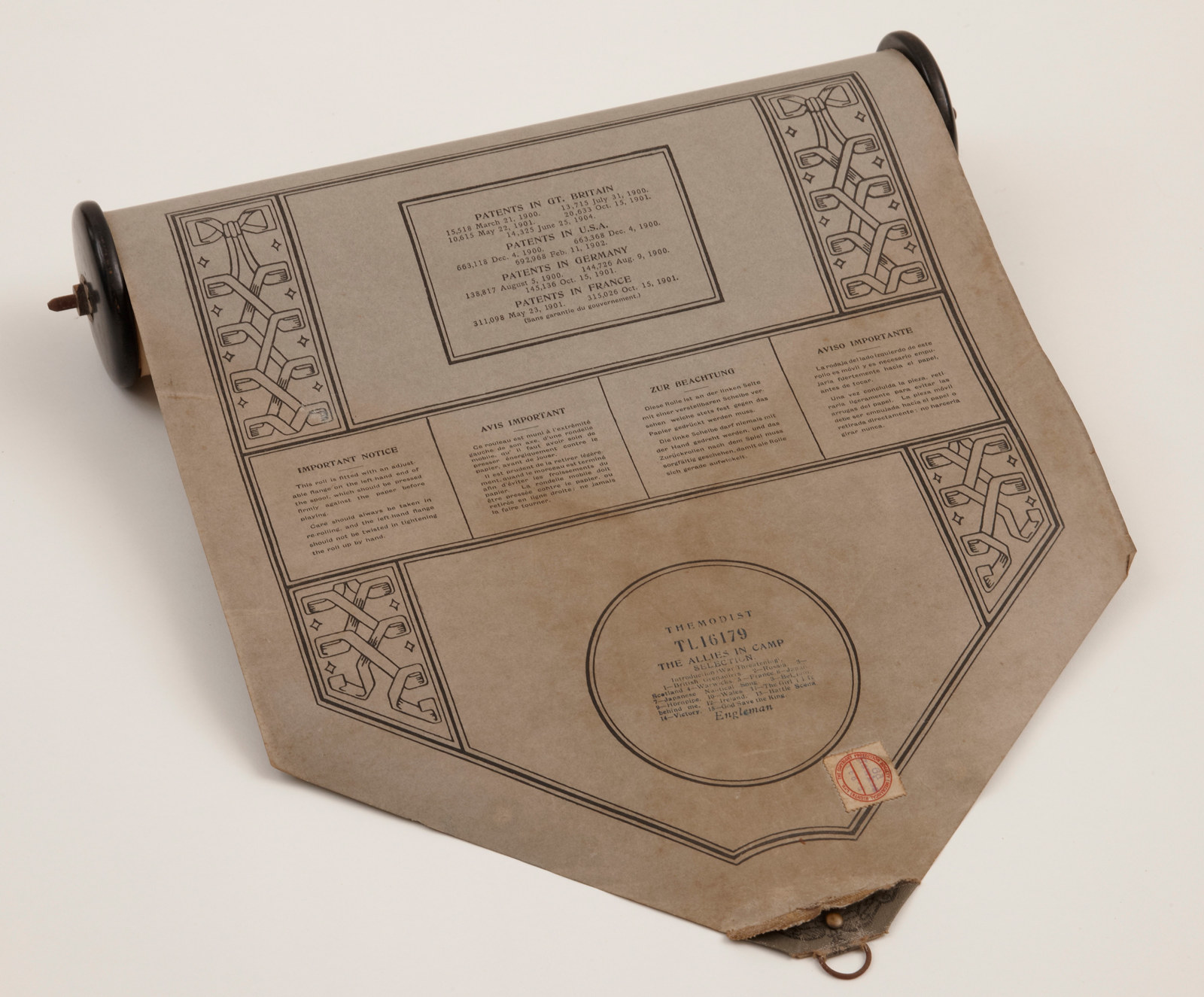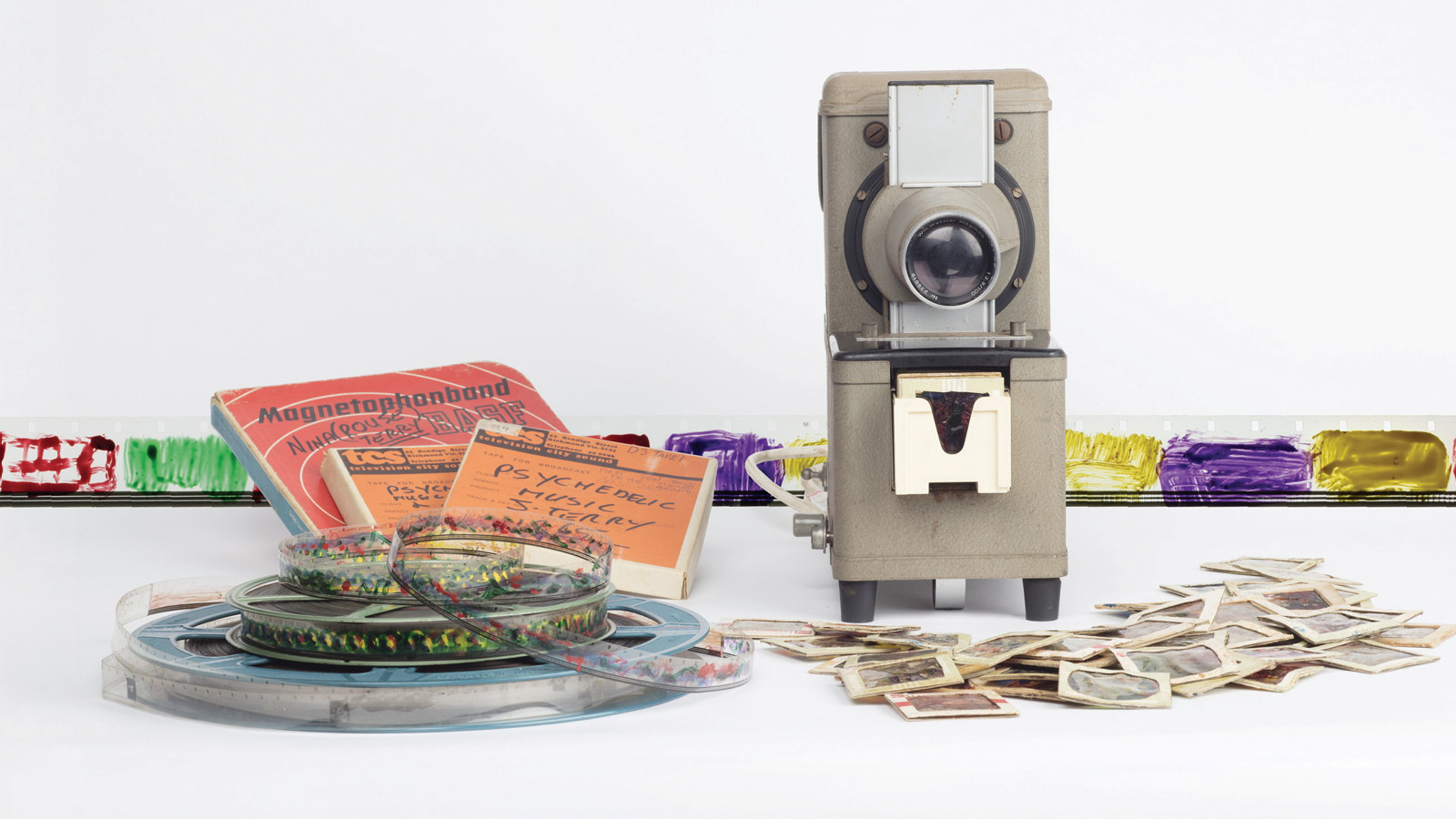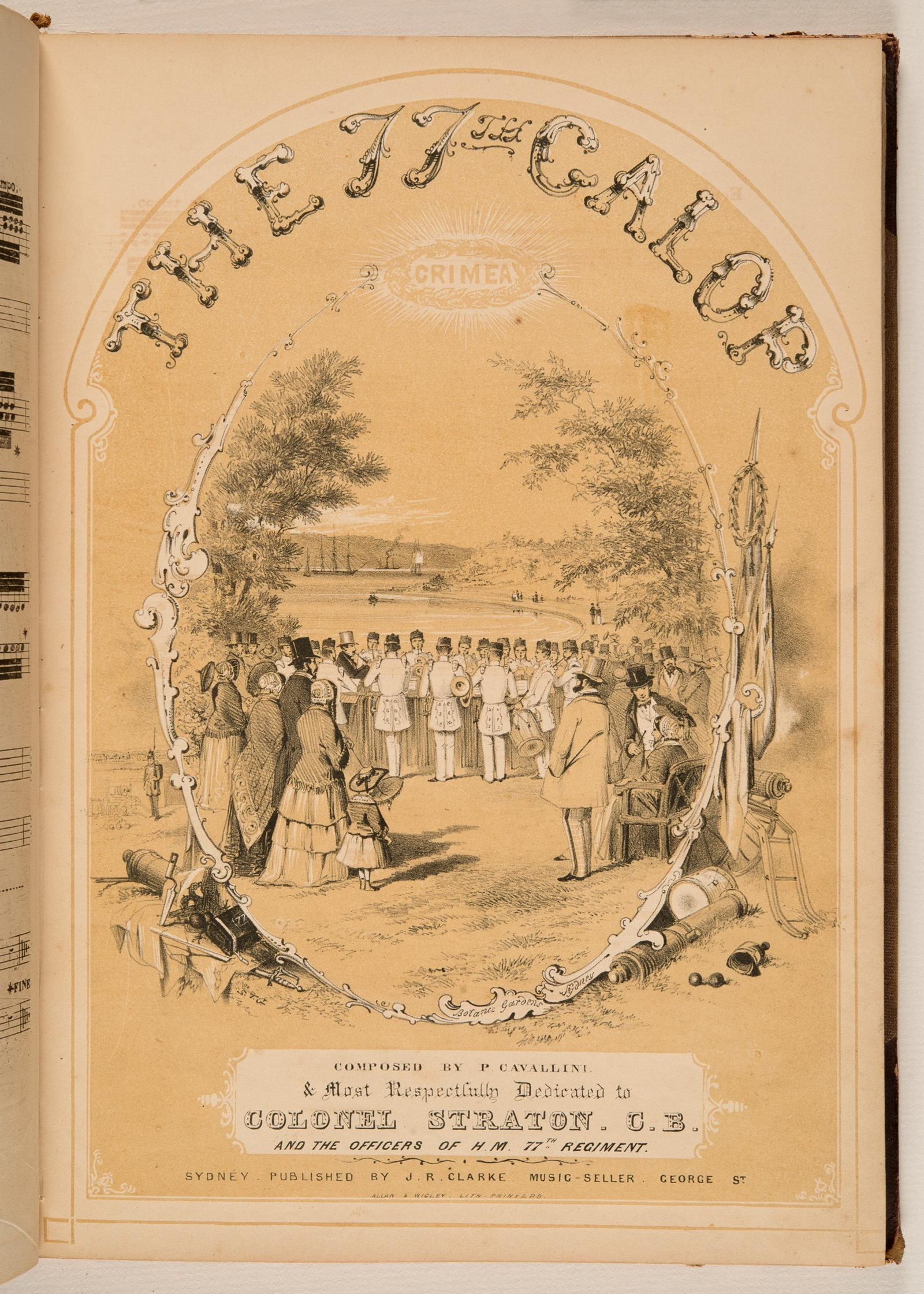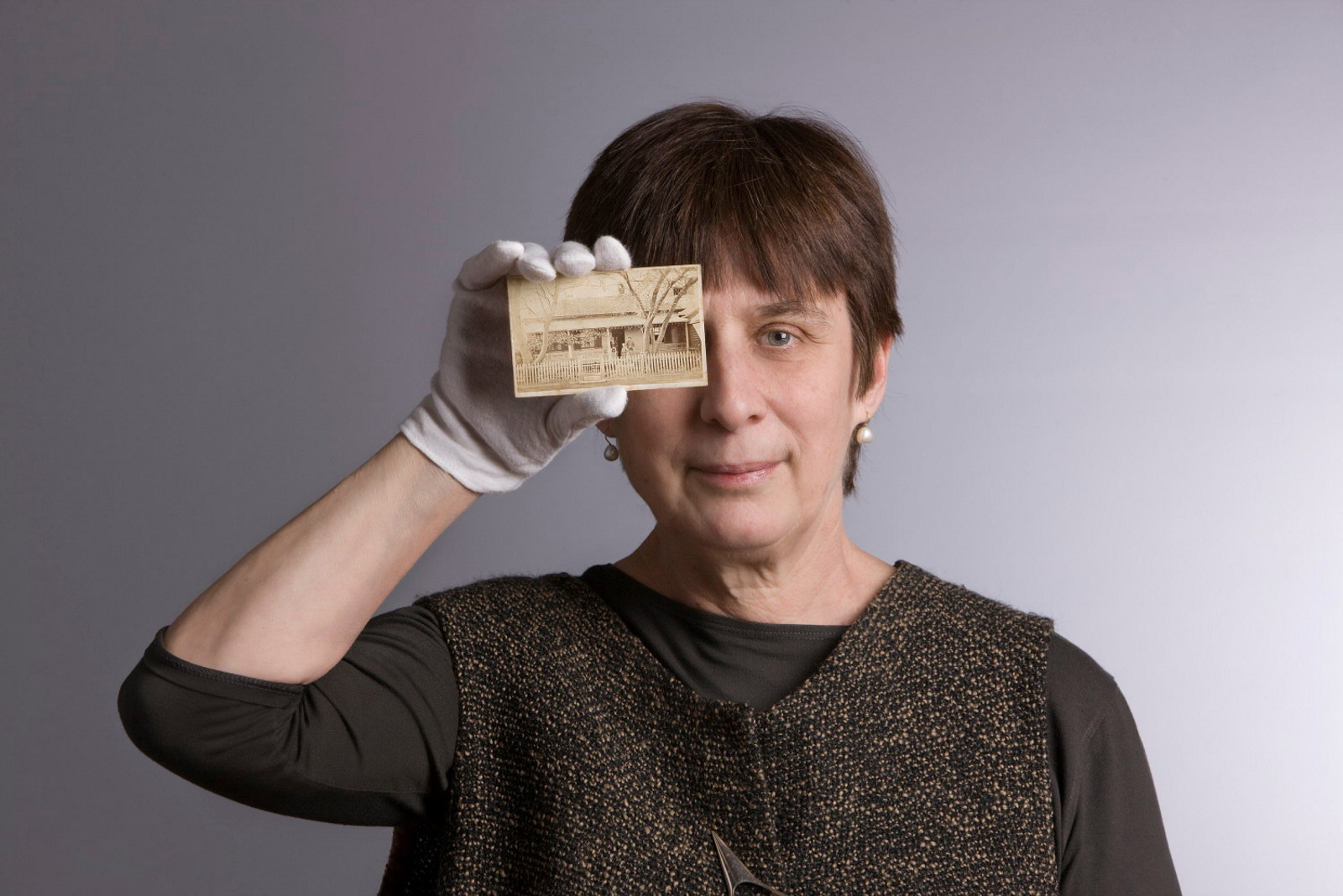Music lessons
Within a tower of yellowed receipts on a spike file at Rouse Hill Estate are illuminating details of the musical education of sisters Nina and Kathleen Rouse.
Rouse Hill Estate has a large collection of sheet music, accumulated over several generations and ranging in date from the 1830s to the 1980s. For a music researcher seeking to enable visitors to hear the music as it might have been played and heard by the Rouse family, this collection is at once tantalising and frustrating.
Those silent piles of music alone don’t tell us how the family might have used it. A few pieces from the 1890s and the first years of the 20th century are inscribed with marks of ownership, some by Nina Beatrice Rouse and some by her sister, Kathleen Buchanan Rouse. Nina and Kathleen were the daughters of Edwin Stephen Rouse and his wife, Bessie, the householders at Rouse Hill from 1874 until Bessie’s death in 1924. It seems Bessie had high musical ambitions for her daughters, and engaged the best teachers in Sydney to give them piano and singing lessons.
Recently, some details of these lessons came to light among a collection of more than 770 household invoices and receipts, dating from late 1890 to early 1903, preserved on a spike file. After sitting untouched for more than 100 years, the spike file has now been dismantled and the invoices conserved, indexed and digitised. The invoices for music lessons uncovered in this process are important in helping us to understand the musical world of Nina and Kathleen. They tell us who taught the girls, how much the teachers charged for these lessons and what pieces of music they sold to their students.
Fräulein Fast, teacher of piano
A fine pianist, Nina is known to have taken music lessons with a teacher called Fräulein Anna Fast.1 The first of nine quarterly bills addressed to Bessie from Fräulein Fast is dated 11 May 1891, when Nina was 16 years old. It’s for lessons ‘and supply with music’ for 11 weeks from 18 April 1891. Fräulein Fast charged 4 guineas for a quarter’s lessons.
Anna Maria Fast arrived in Sydney from Germany in October 1887 at the age of 32, accompanied by her sister, Martha. The sisters placed an advertisement in The Sydney Morning Herald seeking positions as teachers. Martha sought engagement as a morning governess, teaching languages, music, drawing, painting and needlework. Anna wished to give piano and music theory lessons, and announced that she was a graduate of ‘Dr Hoch’s Conservatorium, Frankfurt’.2 The Hoch Conservatorium was established in 1878, with composer Joachim Raff as its director; significantly, the distinguished pianist and performer Clara Schumann was professor of piano there from 1878 to 1892. It’s likely that Anna Fast studied piano with Schumann, which helps us to establish the national school or style in which Fast taught her students; and thus begin to answer for 21st-century visitors the question: ‘how did it actually sound?’
When Anna Fast herself performed in public at a grand concert held in Hobart in January 1904, with Martha singing contralto and well-known Sydney violinist Miss Leila Waddell, the Hobart Mercury described her as ‘a pianist of the old classical school, very sound and very correct’.3 This suggests that Fast may have played in what is termed ‘old German school’ style, with tempo modification and rhythmic alteration. Nina Rouse’s piano style was described by her granddaughter Caroline Thornton as ‘rather Germanic’,4 suggesting that this school of old German performance practice may have come to Sydney with Anna Fast and possibly other pianists.
By the time Fast began sending invoices to the Rouse family she was living in Rushcutters Bay, and in 1892 on Bayswater Road in Darlinghurst, a very fashionable address in that decade, and just a stroll from Nina’s grandmother’s house. The Rouse girls visited family in Sydney almost weekly, for shopping, lessons and concerts.
Nina’s repertoire
The most thrilling thing about the music lesson receipts is to see the list of pieces Anna Fast sold and taught to Nina. These include Mozart sonatas, Robert Schumann’s Scenes from childhood, Delibes’s Vals de Coppelia, Berens’s pianoforte studies, Heller’s Tarantelle and Dans les bois, Chopin’s nocturnes, Scarlatti sonatas, Paderewski’s Caprice and Wollenhaupt’s Caprice. It’s the repertoire of a very accomplished pianist, and offers a strong contrast to the rest of the Rouse Hill Estate collection with its focus on popular and comic song.
The last bill from the spike file from Fräulein Fast to Bessie is dated 12 December 1894. In July 1895, Nina married her second cousin George Terry from the nearby property Box Hill and moved out of her childhood home. Bessie was no longer responsible for her daughter’s music lessons, but Caroline Thornton records that Nina continued her lessons with Fräulein Fast after her marriage, and that George also travelled to Sydney each week for a singing lesson.
Receipt from Fräulein Anna Fast, 1891
Receipt from W H S Feldwick, 1892
Cover, ‘Spinnlied for the pianoforte’
Singing lessons
The spike file offers no clues about George’s singing teacher, but it does include a series of invoices for singing lessons for ‘Miss Rouse’ and ‘Miss Kathleen B Rouse’ from the prominent Sydney singing teacher William Henry Sutton Feldwick. Four are dated 1892 and probably relate to lessons for Nina. Three from 1897 are for Kathleen.
From 1898, Kathleen’s singing teacher was Mrs Helen Kingsmill Shaw, a former concert performer who taught singing and music in Sydney for more than 40 years.5 Kathleen took lessons with Mrs Kingsmill Shaw for at least three years, and the spike file invoices occasionally note the songs supplied with the lessons. Some of these pieces, inscribed with Kathleen’s name, survive in the collection at Rouse Hill Estate. Research on this is continuing.
Kathleen’s lessons, like Nina’s, were part of their private education as befitting their status as genteel young women, but Nina’s musicianship also found regular expression over many years at fundraising concerts for every good cause in the Rouse Hill and Box Hill districts. On at least one occasion in 1896 her contribution was a vocal piece, but mostly she provided piano accompaniment ‘in an artistic manner’.6
Notes
1. Caroline Thornton, Rouse Hill House & the Rouses, 2nd edn, North Sydney, 2015, pp174, 235.
2. The Sydney Morning Herald, 19 January 1888, p12.
3. Hobart Mercury, 22 January 1904, p3.
4. Caroline Thornton, personal communication.
5. ‘Obituary: Mrs Kingsmill Shaw’, The Sydney Morning Herald, 8 March 1922, p14.
6. Concert at Rouse Hill’, Windsor and Richmond Gazette, 27 January 1906, p8.
Co-author
Nicole Forsyth
Researcher, University of Sydney
Violist Nicole Forsyth loves storytelling through music, and the possibilities of old and new art telling stories across time.
Published on
Related
Browse all
WW1
The Allies in camp music roll
Rouse Hill house boasts a fine pianola, a player piano, which came into the house just a few years before the outbreak of World War I

1960s psychedelia at Rouse Hill House
In a short experimental period of music making, the talented young John Terry combined radical musical ideas with abstract imagery and the soundscape of Rouse Hill House
![Owner bound volume of assorted songs, in the collection of Rouse Hill House & Farm, 1850-1864. [music]](https://images.slm.com.au/fotoweb/embed/2023/10/d2e0918e22304feb90e19681abbaafec.jpg)
‘Gii, Gundhi (Hearts and Homes)’
A single song can have a thousand meanings depending on its interpreter. Yuwaalaraay storyteller and musician Nardi Simpson shares her version of a 19th-century parlour song

Reading the score
Since the early 1800s, Australian households have purchased sheet music to enliven their drawing room repertoire
